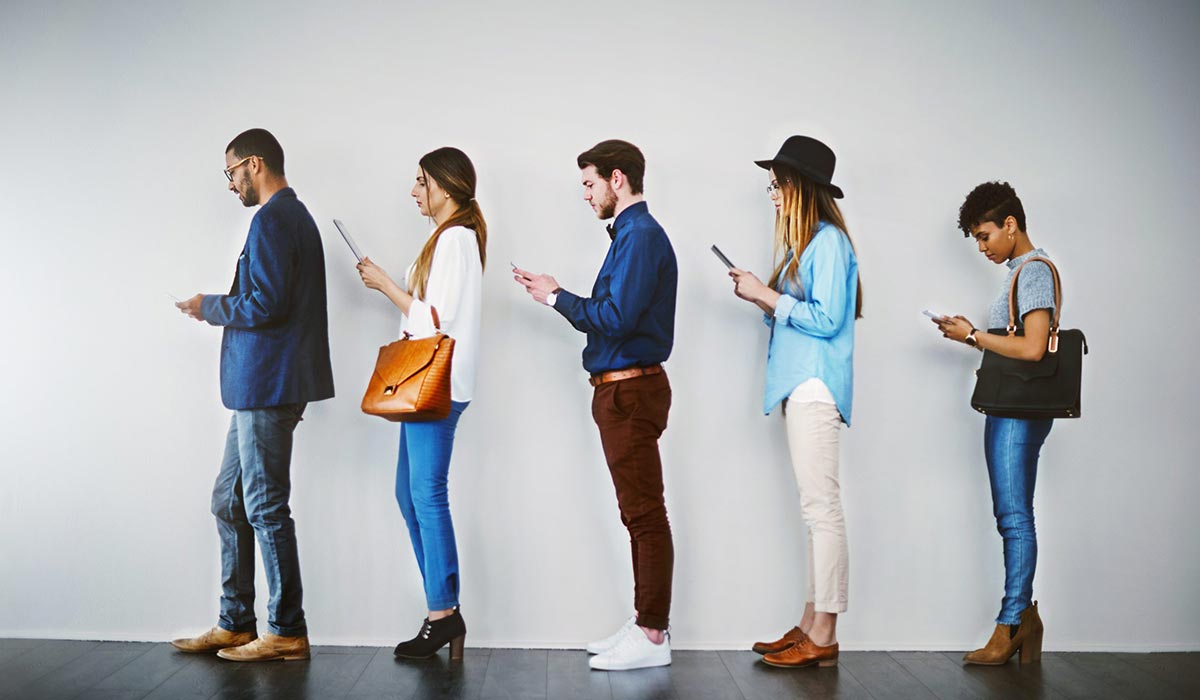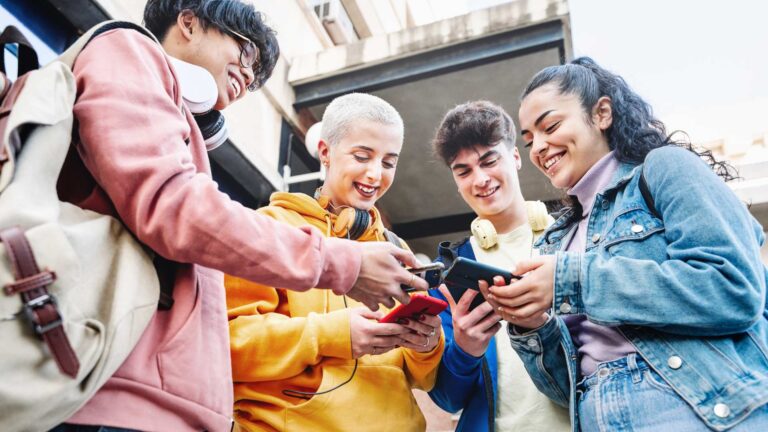Why waiting is torture and how to make it better
While everyone hates waiting, lineups are a fact of life. It is estimated that Americans spend 37 billion hours waiting in line every year. Organizations that make waiting for service less painful may benefit from increased sales and improved customer loyalty. A 2013 Time Trade survey revealed that 75% of retailers report losing business to long wait times. This doesn’t have to happen. While it may not be possible to eliminate waiting, there are many ways to improve the waiting experience for your customers.
Provide Clarity
While waiting in line is nobody’s favourite way to spend time, organizations can take a lot of the frustration out of lineups by removing the confusion. There is nothing worse than trying to join a line and not being certain of which lineup to join or how to queue up for service. Whether your organization has a physical lineup or a virtual queue, the most important thing is to make sure there is clear and ample signage and clear visual clues to guide visitors.
Distract
Have you ever wondered why elevators have mirrors in them? The story is that when high-rise buildings first went up in New York City, visitors were frustrated by the long elevator rides. Building operators began installing mirrors on the inside of the elevators and found that complaints about the time spent in elevators were drastically reduced. This is because elevator passengers were distracted by looking at themselves in the mirrors. This is the same reason that many places will have digital displays, TVs or other entertainment in waiting areas. Virtual queueing takes this to the next level because visitors can actually wait anywhere. When they are able to use the wait time to do some grocery shopping or take care of some to-do items on their phones, it may feel to them that they haven’t waited at all.
Load Balance
One of the reasons that lineups happen is that everyone decides to show up at the same time. A great example is Saturday night at restaurants. It’s a popular time to eat out, so restaurant-goers frequently experience long waits for tables. In a first-come, first-served model, a rush of hungry people will likely show up at 6:30. Patrons who show up closer to 7 pm will likely be told that there is an hour or longer wait for a table. Inevitably, some of these people will choose to go to another restaurant or just grab some takeout and head home. In queue lingo, we call this “balking”. Others may put their names down for a table, but decide to leave before getting a table. We call this “reneging”. Either way, the result for the restaurant is that it loses out on potential revenue.
This is one reason that many restaurants opt to make tables available by reservation. If customers call for a table at 6:30 and are told that there are none available, but they can get a table for 5:30, the restaurant has effectively created load balancing and increased the number of people it can seat for dinner.
Another approach is to motivate people to come outside of peak hours. For example, restaurants might entice diners to come in on Tuesday night by offering half price bottles of wine. Because this type of off-peak incentivizing is common in the restaurant industry, people often expect these types of deals and will choose to avoid peak hours.
But what about organizations that aren’t able to use promotions to incentivize visitors? While a DMV can’t offer two-for-one appetizers to convince people to come in during less busy times, people may be convinced to make an effort to attend the DMV outside of peak times if they know what day and time they are less likely to experience a long wait. The key is that they have to be able to easily learn what the patterns of wait times are at the DMV. Even better, if they can easily find out online what the current estimated wait time is and join the line before they leave home, they effectively haven’t waited at all. A virtual queue that allows people to view current wait times and view wait time trends allows visitors to select a time when the wait will be shortest, thereby helping the organization to achieve load balancing. If the virtual queue solution also integrates appointment booking, this can help to spread arrivals throughout the day and week to “even out” the peaks and valleys of demand.
Provide timely updates
If there is one thing worse than waiting, it’s waiting and not knowing how long the wait will take. Some numbering systems seem downright cryptic. You take a number (A16, B24, D86) and then sit and wait for your number to be called. The numbers seem to be called in some kind of random order, making it impossible to guess how much longer you will be waiting. Today’s technology makes it simple to provide your customers with on-demand status updates on their mobile devices. This means they can move freely, perhaps choosing to sit in their own vehicles or use the wait time to do errands and to arrive just in time for service. As the queue progresses, they can see their position in line advance and the estimated wait time change accordingly.
Acknowledge the wait
It’s true that waiting is a fact of life. For many locations, it’s inevitable that there will be a wait at peak times. However, it’s important for organizations to keep in mind that waiting is still an inconvenience for the customer and to acknowledge that. A simple, “Thank you for waiting. How can I help you?” takes a lot of the frustration out of waiting for service and helps to refocus the customer from waiting to being served.
Although it won’t be possible to ever fully eliminate line ups, reducing the disdain for them can contribute to increased customer satisfaction, retention and ultimately revenue. Just a few steps can go a long way in creating repeat happy customers who won’t feel they have wasted valuable time waiting in line at your business.
Learn how WaitWell Virtual Queue can deliver a better wait experience for your customers.







